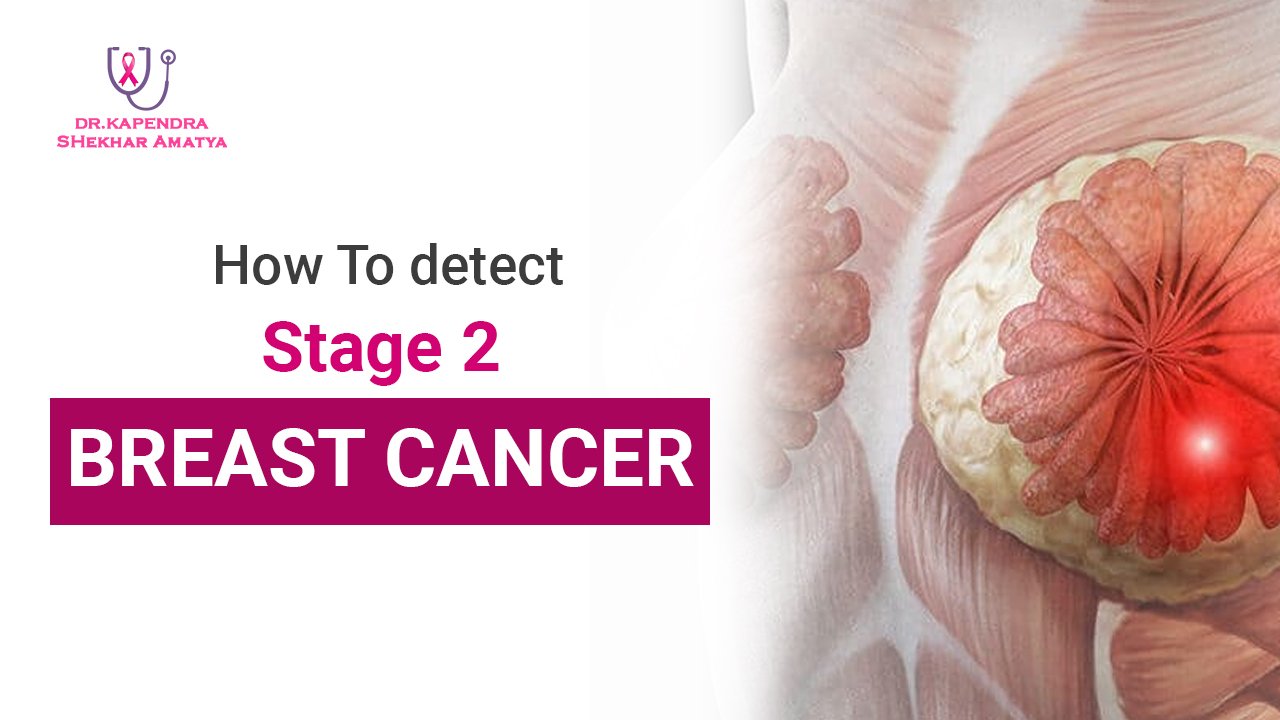Breast cancer is a prevalent and potentially life-threatening condition that affects millions of women worldwide. Early detection is crucial for successful treatment, and understanding the signs and symptoms of Stage 2 breast cancer can significantly improve outcomes. In this guide, we will explore the key indicators and methods for detect Stage 2 breast cancer.
Understanding Stage 2 Breast Cancer:
Stage 2 breast cancer is characterized by the growth of cancerous cells within the breast tissue, and it is divided into two subcategories: Stage 2A and Stage 2B. In Stage 2A, the tumor measures between 2 and 5 centimeters and may or may not have spread to nearby lymph nodes. In Stage 2B, the tumor may be smaller than 2 centimeters, but cancer cells have spread to nearby lymph nodes, or the tumor is larger than 5 centimeters.
How we detect Stage 2 breast cancer:
Lump or Thickening in the Breast:
One of the most common signs of breast cancer is the presence of a lump or thickening in the breast tissue. Regular self-examinations can help in detecting any unusual changes.
Changes in Breast Size or Shape:
Pay attention to any noticeable changes in the size or shape of your breasts. This includes asymmetry or distortion that was not present before.
Nipple Changes:
Changes in the nipple, such as inversion, discharge, or a sudden change in appearance, can be indicative of breast cancer.
Skin Changes:
Look for changes in the skin of the breast, including redness, dimpling, or the development of a rash-like texture.
Pain or Discomfort:
While breast cancer is not always painful, any persistent discomfort, tenderness, or pain in the breast or nipple should be evaluated by a healthcare professional.
Diagnostic Methods:
Mammography:
Regular mammograms are essential for detecting breast cancer at an early stage. Mammography uses X-rays to create images of the breast tissue, allowing healthcare professionals to identify abnormalities.
Ultrasound:
Ultrasound imaging may be used to further investigate any abnormalities detected on a mammogram. It helps determine if a lump is solid or filled with fluid.
MRI (Magnetic Resonance Imaging):
In some cases, an MRI may be recommended to obtain more detailed images of the breast tissue and surrounding areas.
Biopsy:
A biopsy is the definitive method for confirming the presence of cancer. During a biopsy, a small tissue sample is collected and examined under a microscope.
Seeking Medical Attention:
If you notice any changes in your breast health or experience symptoms that concern you, it’s crucial to seek prompt medical attention. Schedule regular check-ups with your healthcare provider and communicate openly about any concerns or changes you observe.
Conclusion:
Early detection of Stage 2 breast cancer greatly improves the chances of successful treatment and recovery. By being proactive about self-examinations, attending regular screenings, and seeking medical attention for any unusual symptoms, individuals can play a vital role in their breast health. Remember, knowledge and awareness are powerful tools in the fight against breast cancer, and early detection can save lives.


